The video game market has always been a stage for boldness, innovation, and remarkable failures. Since the 1970s, countless companies have tried to gain a foothold in a sector dominated by giants like Nintendo, Sony, and Microsoft. Amid this fierce competition, the OUYA emerged, a small Android-based console that promised to change the way we play. Announced in 2012 and released in 2013, the OUYA was born with the promise of being affordable, open to independent developers, and capable of bringing the mobile gaming experience to the living room.
However, what began as an extremely promising project and one of the most successful Kickstarter crowdfunding campaigns quickly turned into one of the industry's biggest failures in recent memory. Between unfulfilled promises, limited hardware, a lack of support from major developers, and a game library that fell short of expectations, the OUYA was eventually discontinued just a few years after its launch.
In this article, we'll revisit the console's trajectory: from its conception, its resounding crowdfunding success, the challenges faced at launch, to its rapid decline in the market and the legacy it left behind.
The Origin
The OUYA was born at a very specific moment in the gaming industry. In 2012, mobile gaming was booming, with smartphones and tablets rapidly gaining popularity. Games like Angry Birds, Fruit Ninja and Temple Run dominated the market and showed the potential of the “freemium” model and quick experiences.
It was in this scenario that Julie Uhrman, an entrepreneur with experience in the technology and media distribution sector, had the idea of creating a console that would bring the simplicity and accessibility of mobile games to television. The proposal was clear: to create an affordable console, open to any developer to launch games, without the bureaucratic and financial barriers imposed by major manufacturers.
Uhrman teamed up with prominent figures to bring the project to life. Among them were designer Yves Béhar, known for his work on innovative technology products, and experienced hardware engineers. The plan was simple but ambitious: an Android-based console, sold at an affordable price of US$99, that would allow anyone to develop and publish games.
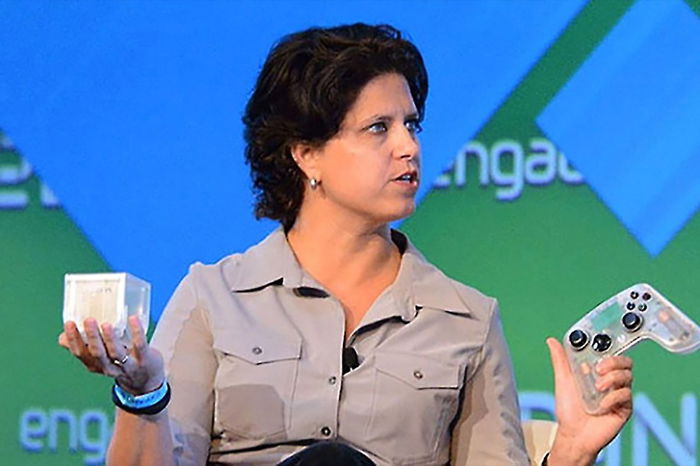
The Kickstarter Campaign
In July 2012, the team launched the OUYA on Kickstarter, and the result was historic. The initial funding goal was US$950,000, but the enthusiasm of players and independent developers was so great that, in less than 24 hours, the project had already raised the full amount.
By the end of the campaign, the OUYA had raised over $8.5 million, becoming one of the most successful projects on the platform to date. This instant success attracted media attention, generating enormous expectations for the console. Many believed that the OUYA could become the "Trojan horse" that would change the gaming industry, allowing small developers to enter a space previously dominated by large publishers.
The Hardware
The OUYA was small, measuring only about 7.5 cm on each side, with a minimalist, eye-catching cubic design. Its hardware was modest, based on an NVIDIA Tegra 3 quad-core processor, 1 GB of RAM and 8 GB of internal storage, with the possibility of expansion via USB.
The interface was based on Android 4.1 Jelly Bean but adapted for television, and every game had to offer a free version, either as a demo or with limited content. This reinforced the idea of accessibility and experimentation, something that differentiated it from traditional consoles.
The controller, on the other hand, was the target of much criticism. Despite its futuristic design, it was uncomfortable, with unresponsive buttons and a barely functional central touchpad. This issue, combined with the limited hardware, was already raising doubts about the console's viability to compete with established platforms.
The Release
The OUYA was officially released in June 2013, both to Kickstarter backers and the public. Initially, there was strong interest, with some stores quickly selling out. However, problems soon arose.
Many backers complained of delivery delays and miscommunication from the company. Furthermore, the final product didn't fully live up to expectations: the system suffered from slow performance, interface bugs, and an extremely limited game library.
Although the OUYA managed to attract some independent developers, most of the games available were ports of existing Android titles, with no major exclusives to justify purchasing the console.
The Game Library
The OUYA's greatest asset should’ve been its library of accessible and creative games, but this was precisely its weakest point. The requirement that all games have a free version resulted in many superficial experiences or incomplete demos.
Few games truly stood out on the console. Titles like TowerFall initially gained notoriety on the OUYA but quickly migrated to other platforms, where they found greater success. Lacking major exclusives and with inconsistent quality, the OUYA ended up with a reputation as a "mobile gaming console for TV", something that appealed to neither casual gamers, who preferred mobile, nor hardcore gamers, who saw the console as limited.
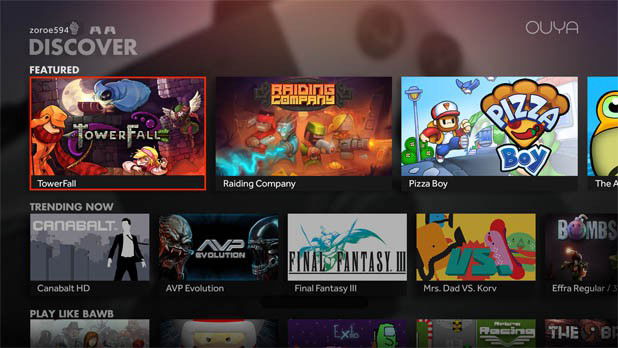
The Loss of Support
Another problem was the lack of support from major publishers. Companies like Electronic Arts, Ubisoft, and Activision never showed interest in releasing games on the OUYA. Without major titles, the console relied exclusively on the indie scene, which, while creative, couldn't sustain long-term interest.
Furthermore, competition intensified. Traditional consoles like the PlayStation 4 and Xbox One were about to launch, offering much more robust experiences. Even devices like the NVIDIA Shield and the arrival of streaming services began to overshadow the OUYA.
Survival Attempts
Faced with difficulties, OUYA attempted to reinvent itself. In 2014, it launched the “OUYA Everywhere” program, which sought to expand the platform beyond the physical console, bringing its games to smart TVs and other Android devices. The idea was to transform OUYA into an ecosystem, not just a piece of hardware.
Despite this, the execution was flawed. Few partners joined the initiative, and gamers saw little reason to invest time and money in a limited ecosystem already marked by distrust.
The Downfall
The OUYA's fate was sealed in 2015. Unable to attract players or developers, the company faced serious financial difficulties. In July of that year, Razer, known for its gaming peripherals, acquired the assets of OUYA, but not the console itself. Razer's goal was to leverage its library of games and integrate it into its Razer Forge TV device.
In practice, this meant the OUYA's demise as a console. The servers were deactivated in 2019, and those who still owned the device were left without access to many games and services.
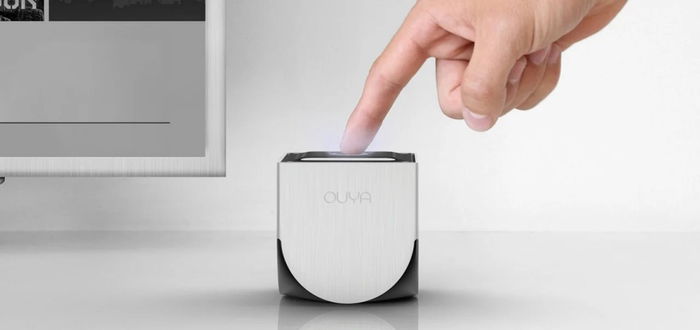
Why did OUYA fail?
The OUYA's failure can be explained by a combination of factors:
Unrealistic expectations – The Kickstarter success created enormous hype that the final product failed to deliver.
Limited hardware – Even for its time, the console was modest and quickly became obsolete.
Problematic controller – The poor quality of the controller compromised the gaming experience.
Weak library – There was a lack of major exclusives, and the available games weren't enough to sustain interest.
Fierce competition – Smartphones, tablets, traditional consoles, and other devices already had better met the public's needs.
Ineffective management – Communication issues, delays, and a lack of a clear strategy shook the confidence of backers and consumers.
OUYA’s Legacy
Despite its failure, the OUYA left some important legacies. It demonstrated the power of crowdfunding and inspired other projects to seek direct community support. Furthermore, it served as an example for developers regarding the challenges of creating gaming hardware in a highly competitive market.
It's also undeniable that the OUYA helped bring visibility to some independent games, such as TowerFall, which became successful on other platforms. For many developers, the console served as a gateway to the market.
Finally, the OUYA is remembered as one of the most emblematic examples of how an innovative idea can fail in practice without solid execution, long-term planning, and adequate support.
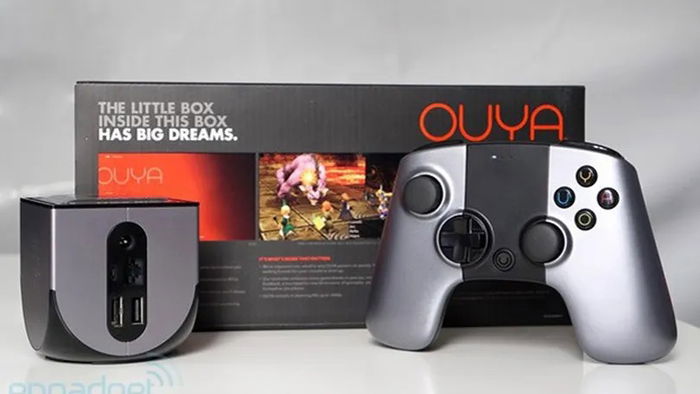
Conclusion
The story of the OUYA is a powerful reminder that good ideas don't always result in good products. The console was born with the promise of democratizing video games, giving space to independent developers, and offering an affordable alternative to traditional consoles. However, it stumbled upon technical problems, management failures, and the harsh realities of a competitive market.
Today, the OUYA is remembered as a curiosity, a symbol of the enthusiasm and disappointment that crowdfunding can generate, and a lesson in how having a good idea isn't enough: it must be executed with excellence, strategy, and realism. Its failure didn't erase the relevance of its attempt, but served as a warning for future initiatives.
The OUYA failed to change the industry, but its story continues to be studied as one of the most fascinating chapters in the world of modern video games.









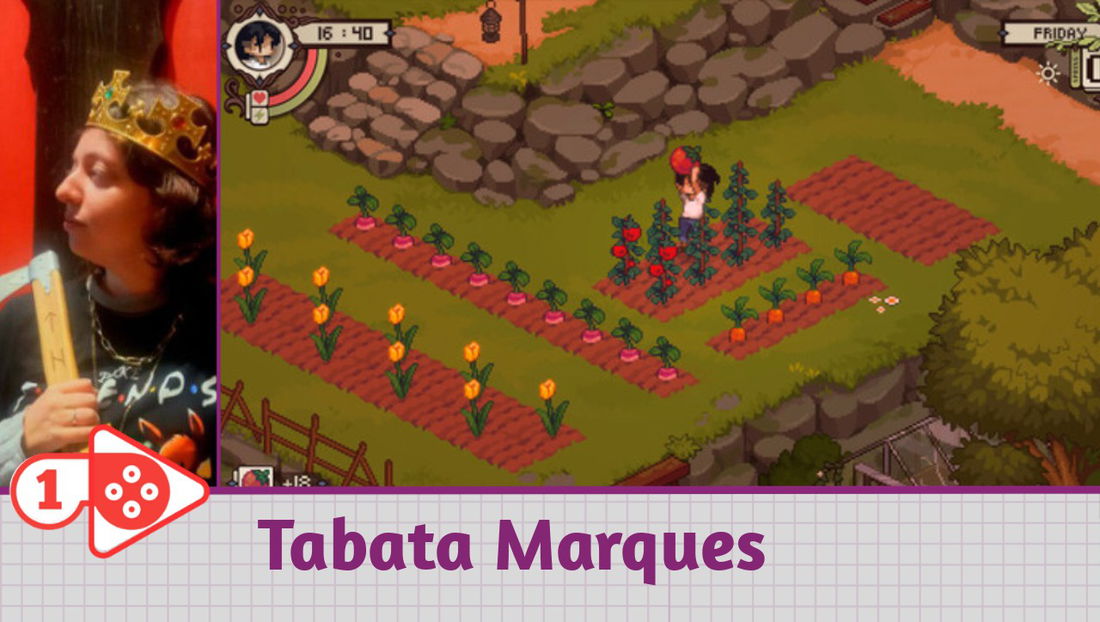



— Kommentare 0
, Reaktionen 1
Sei der erste der kommentiert